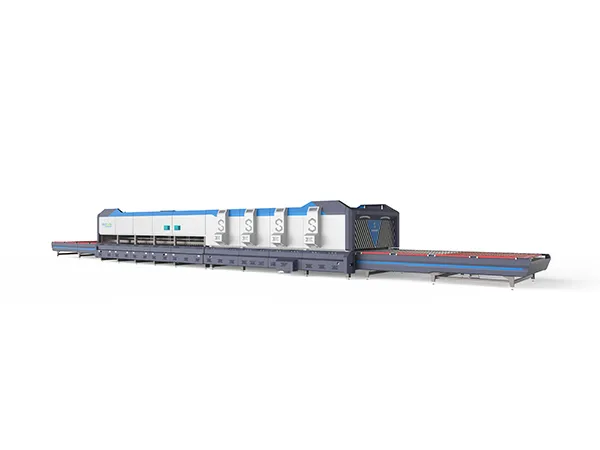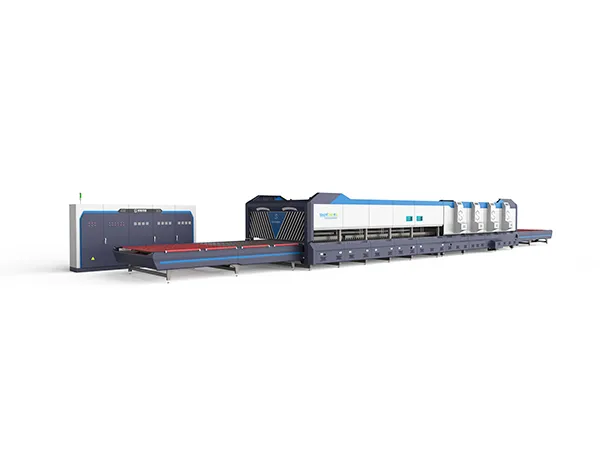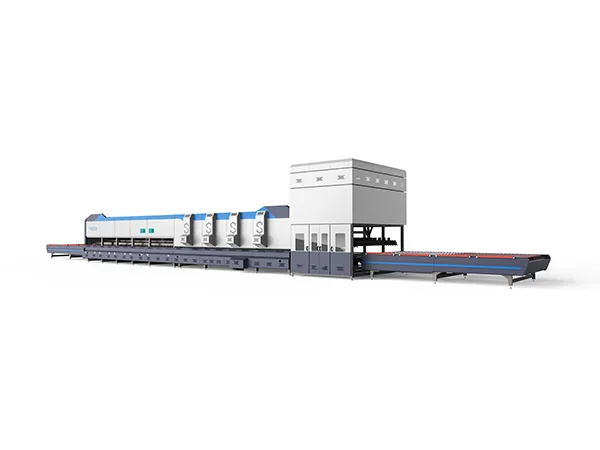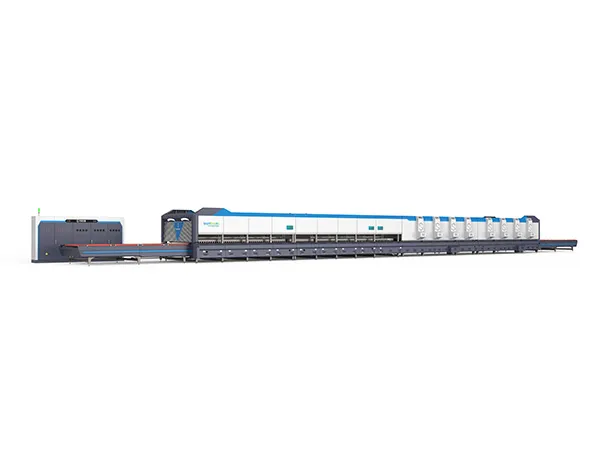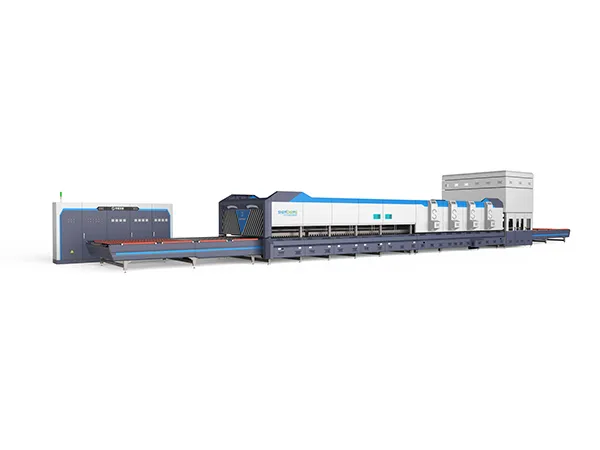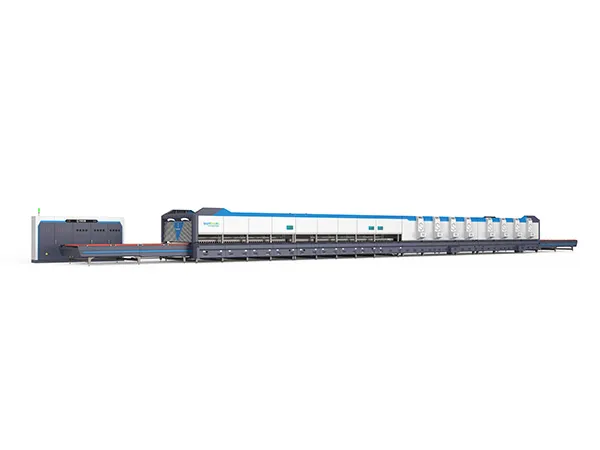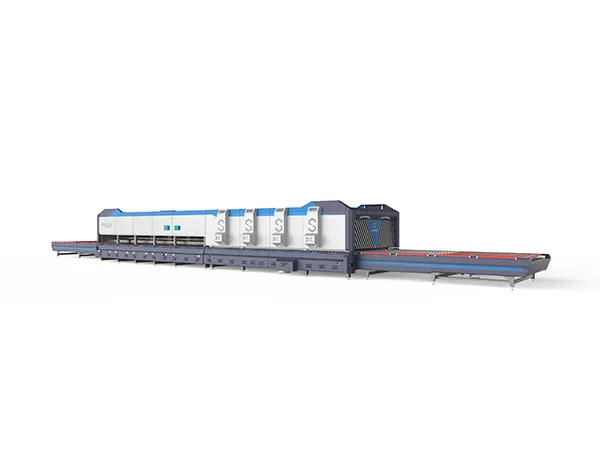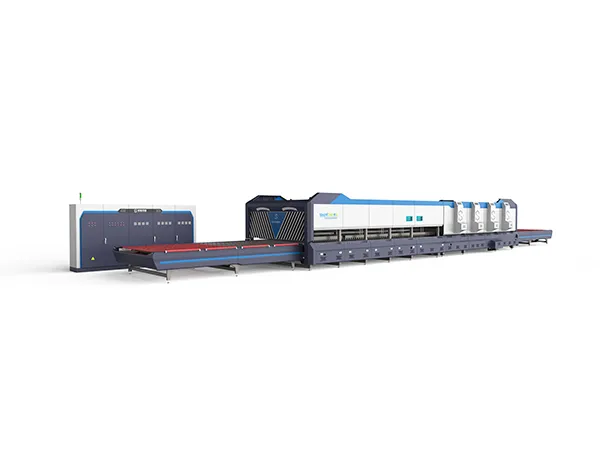Key Features of a Flat Glass Tempering Furnace
Precise Temperature Control: Modern furnaces use advanced temperature control systems to ensure consistent quality across the entire glass surface.
Efficient Quenching System: High-pressure air systems in the quenching section rapidly cool the glass, making the tempering process both efficient and effective.
Customizable for Glass Thickness: The furnace can be adjusted to handle different glass thicknesses, generally ranging from 3 mm to 19 mm or more.
Computerized Control Systems: Many furnaces are equipped with digital controls for monitoring heating and quenching parameters, allowing for automated operation and consistent output quality.
Applications of Flat Tempered Glass
Construction and Architecture: Used in windows, doors, partitions, and facades due to its strength and safety.
Automotive: Provides shatter-resistant glass for side and rear windows in vehicles.
Furniture and Interiors: Used in tabletops, shelves, and shower enclosures.
Appliances and Electronics: Protective glass in screens, panels, and appliance surfaces.
The flat glass tempering furnace operates through a sequence of carefully controlled heating and cooling steps:
1. Glass Loading
Flat glass sheets are placed on a conveyor or roller system and are moved through the furnace. These conveyors are specially designed to handle glass without causing scratches or marks.
2. Heating Phase
The glass is gradually transported into the heating chamber, where it is uniformly heated to the tempering temperature, typically between 600°C and 700°C.
Uniform Heating: The furnace uses either electric or gas heaters, positioned to ensure even heating across the entire glass surface.
Heating duration and temperature are precisely controlled based on the thickness, size, and type of glass.
3. Transfer to the Quenching Section
Once the glass reaches the correct temperature, it is rapidly moved to the quenching section to prevent any significant heat loss.
The timing of this transfer is crucial, as any delay could result in non-uniform tempering or even thermal breakage.
4. Quenching (Rapid Cooling)
In the quenching section, high-powered air blowers rapidly cool both sides of the heated glass simultaneously.
This rapid cooling process creates a tempering effect by forming compressive stresses on the glass surface and tensile stresses in the core. This internal stress balance is what gives tempered glass its strength.
The glass is cooled so quickly that the outer layers solidify before the core, creating the desired stress profile essential for tempered glass.
5. Unloading and Quality Control
The tempered glass exits the furnace and is inspected for quality, strength, and any surface imperfections. Quality control ensures that the glass meets the required safety standards.
After inspection, the glass is ready for packaging and delivery to customers.




